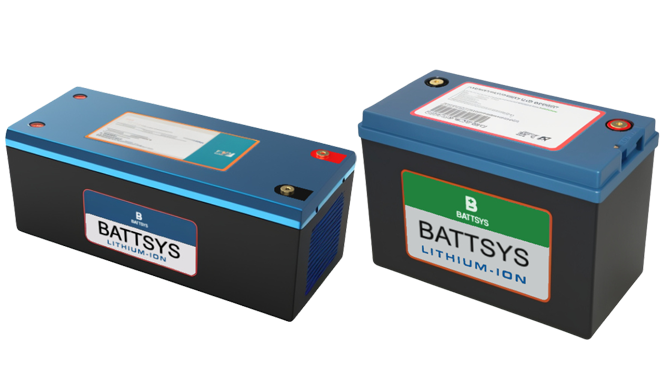Which is better, polymer or lithium battery.
Lithium ion rechargeable batteries refer to lithium-ion rechargeable batteries. From the appearance, there are three types: cylindrical steel shell, square aluminum shell, and soft pack. The soft pack is the polymer in the title, which shows that polymer is actually a type of polymer lithium battery. In this context, lithium batteries specifically refer to cylindrical lithium batteries. Therefore, the actual discussion is about which is better between polymer and cylindrical lithium batteries.
We will compare from the following aspects one by one to try to find the answer.
1. Materials;
The lithium battery uses liquid electrolyte, while the polymer battery uses gel electrolyte and solid electrolyte inside. In fact, domestic polymers cannot be truly referred to as polymers and cannot be truly solid. It is more accurate to call them non flowable liquids. This is a digression and will not be further elaborated here.

2. Packaging method and appearance;
The polymer is encapsulated with aluminum-plastic film, and its shape can be customized freely, ranging from thick to thin, and from large to small. Lithium batteries are packaged in steel shells, with cylindrical shapes being the most common. The most common shape is 18650, with a diameter of 18mm and a height of 65mm. Fixed shape. Cannot change arbitrarily.
3. Security;
There is no flowing liquid inside the polymer, so there will be no leakage. When the internal temperature is high, the aluminum-plastic film shell only swells or bulges, and will not explode. The safety is higher than that of lithium batteries. Of course, this is not absolute. If the instantaneous current of the polymer battery is large enough to cause a short circuit, spontaneous combustion or explosion of the battery may also occur. The Samsung phone battery explosion that occurred a few years ago, as well as Lenovo's recall of laptops due to battery defects this year, are both the same issue.
4. Energy density;
A typical 18650 battery can achieve a capacity of around 2200mAh, resulting in an energy density of approximately 500Wh/L, while the energy density of polymer batteries can currently approach 600Wh/L in mass production.
5. Cell voltage;
Due to the use of polymer materials, polymer batteries can be assembled into multiple layers within the cells to achieve high voltage, while lithium battery cells have a nominal capacity of 3V. To achieve high voltage in practical applications, multiple cells need to be connected in series to form an ideal high-voltage working platform. Which is better, polymer or lithium battery? It can be seen that polymer seems to have the advantage over lithium battery. But what exists is reasonable, and they certainly have aspects that cannot be replaced by each other in different aspects.
6. Price;
Generally, polymers with the same energy are more expensive than lithium batteries. But it cannot be said that this is a disadvantage of polymers. At present, in the field of consumer electronics, such as laptops, power banks, etc., more and more polymers are being used to replace lithium batteries. In a small battery compartment, to achieve the maximum energy density in a limited space, polymers are still needed. Due to the fixed shape of lithium batteries, it is not possible to customize them according to the customer's design.


